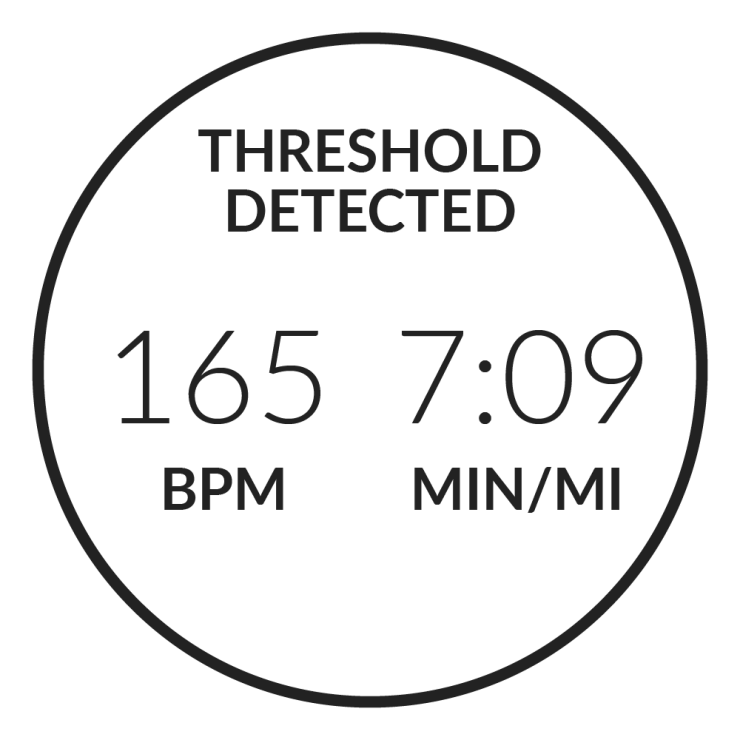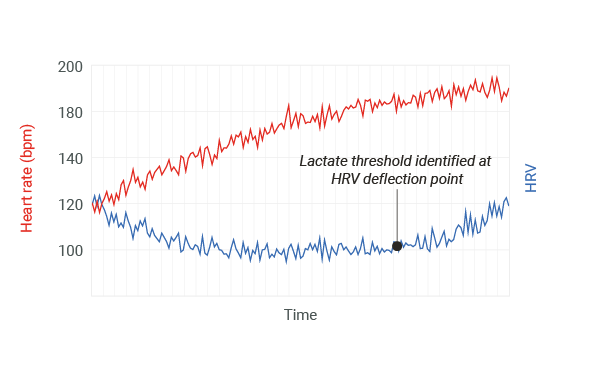Lactate Threshold
Your ultimate guide to endurance training and personalized training zones.
What Is Lactate Threshold?
Lactate Threshold identifies the level of physical activity intensity above which your body will rapidly fatigue. Well-trained runners typically find their lactate threshold at 90% of their maximum heart rate and at a pace somewhere between 10k and half-marathon pace. For less experienced runners, the lactate threshold usually occurs somewhere below 90% of max heart rate. Once your Lactate Threshold has been identified, you can use it to adjust heart rate-based training zones to match what is really happening in your body. Because your Lactate Threshold responds to training and changes over time, knowing your current level is vital to finding the right training approach and adopting the most effective method of improvement. Newer runners who utilize their Lactate Threshold as an upper limit are able to develop the foundation for long-term engagement without uncomfortably hard training perceptions.
- The best predictor of endurance performance
- Identify the right pace to achieve your goals
- Personalize your heart rate zones for all training
- Monitor progress and motivate improvement

How Does It Work?
To calculate your Lactate Threshold, the Firstbeat Analytics engine requires a stable VO2max estimate and enough quality heartbeat data recorded across a range of different intensities from low to high. This data can be gathered during a guided test specifically designed to record the data needed to detect your Lactate Threshold, or it can be calculated from normal running activities that include enough quality heartbeat data from each zone.
Once this data is obtained, the Firstbeat Analytics engine identifies your Lactate Threshold by isolating deflections in your heart rate variability that correlate to key indications of how your respiration patterns respond to the intensity of your activity.</p>

Because HRV data is needed for this feature, use of a chest-strap heart rate monitor is required.